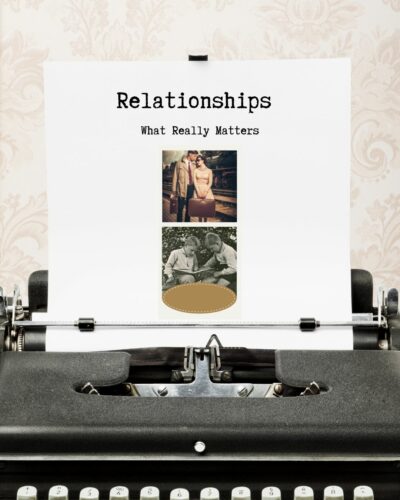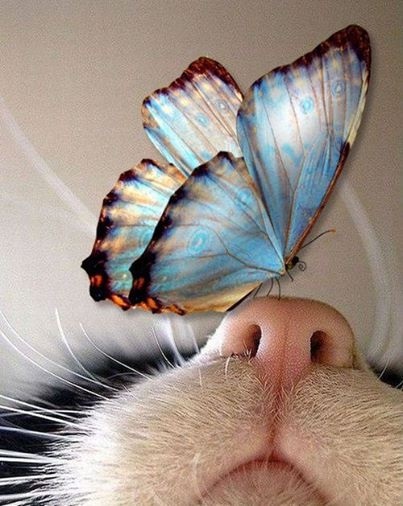
Have you ever been called something that stuck with you for years? Maybe even longer than your favorite childhood toy? Childhood nicknames have a unique way of wrapping themselves around our stories, sometimes as a warm embrace, sometimes as an awkward itch that never quite goes away. As we look back, what do those names really mean to us?
Why Do Childhood Nicknames Matter?
Let’s be honest: nicknames can be so much more than just words. They can be badges of honor, inside jokes, or even gentle (or not-so-gentle) nudges from family and friends. They can shape how we see ourselves. Or how we wish others would see us. Here’s why they’re worth reflecting on:
*Warmth and Humor: Some nicknames make us smile every time we hear them. They remind us of cozy afternoons, laughter-filled kitchens, or summer adventures with siblings or cousins.
*Identity: A nickname can feel like a secret handshake, a sign that you belong.
*A Little Bit of Pain: Not every nickname comes with fond memories. Sometimes, they remind us of awkward phases or times we felt misunderstood.
Journaling Prompt: Your Nickname Story
Did you have a childhood nickname? I invite you to take a few moments to journal about it. Here are some questions to guide you:
* Who gave you your nickname? Was it a parent, a grandparent, a sibling, a schoolmate, or a friend?
* How did you feel when you first heard it? Did you love it, or did it make you cringe?
* Has your relationship with that nickname changed over the years?
* If you could choose a nickname for yourself today, would it be the same?
My Own Experience
Let me share a little secret: I was called “Karen the Red Baron” by my first-grade classmates. What? Why this? I think this was just an easy rhyme, and it sure made them laugh. Me…not so much. Lots of tears, go figure. But my parents took the opportunity to help me learn to laugh at myself and let things go. Would I choose to erase this experience? Not a chance, it’s another thread woven into the tapestry of who I am. The nickname didn’t stick, and my sunny disposition belies the current “Karen” memes. In fact, I use it as a humorous quip.
Your Story Matters
Nicknames are more than just playful monikers – they’re snapshots of who we were and how we were seen by those who loved us (or sometimes teased us!). They can be a doorway into treasured memories, and sometimes, a starting point for deeper self-reflection.
Maybe your grandmother called “Sunbeam.” I can imagine that every time she said it, you felt like you were lighting up the whole room. Years later, I bet that name still brings a smile to your face. It reminds you of her gentle encouragement, her belief in your brightness, and the warmth of her kitchen on rainy days. “Sunbeam” is a part of your story.
Ready to capture your own memories and stories – nicknames and all? I encourage you to journal about your childhood nickname, or better yet, share the story with your family. You never know: what started as a simple name might just become a cherished chapter in your life’s book.
Let’s celebrate the names we’ve been given – and the stories they tell!
Interested in learning more about sharing your story? Contact me for a free consult at kray@rememberingthetime.net. Or register for the free Celebrate Storytelling Journaling Circle to jump right in and begin journaling your personal history.







